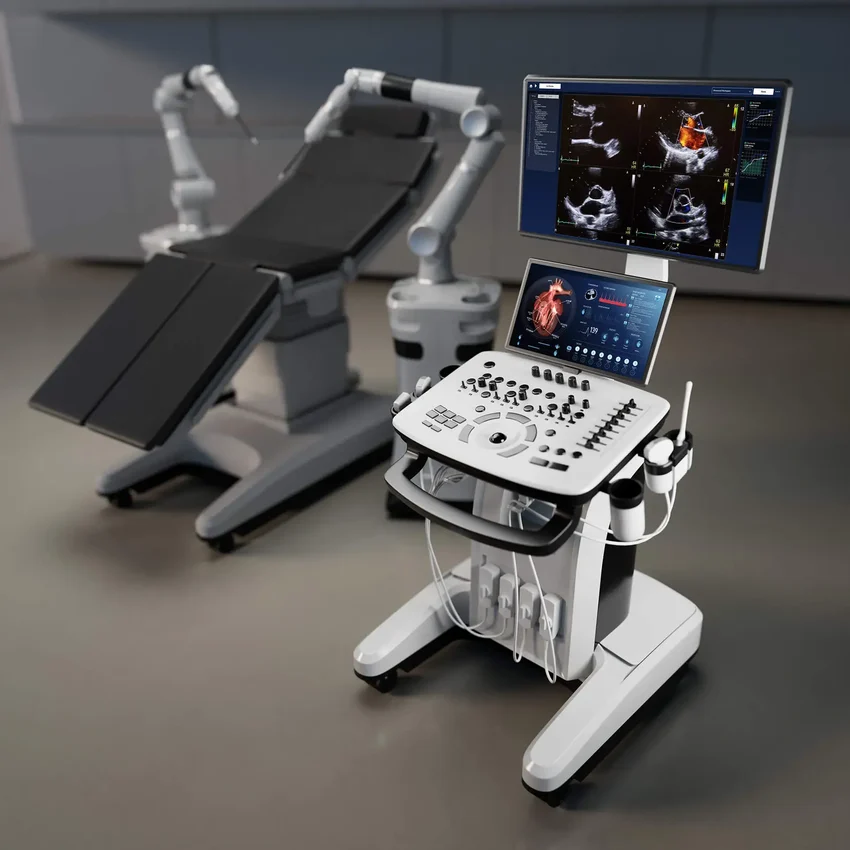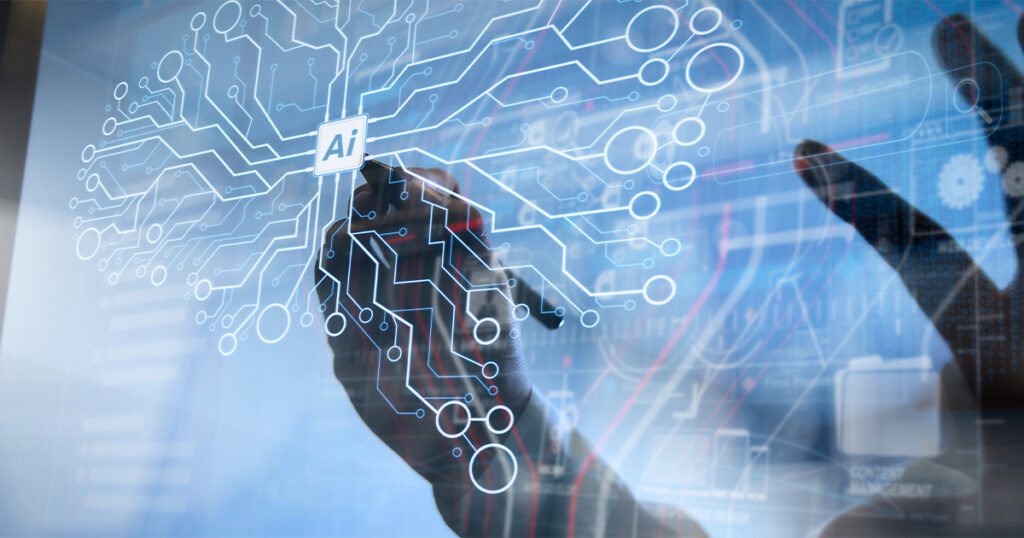The Astonishing Evolution of Medical Devices: From Flint Scalpels to AI-Powered Saviors 2025
The history of medicine is intrinsically linked to the evolution of the tools at its disposal. From the most primitive implements of ancient healers to the sophisticated, AI-driven diagnostics of the 21st century, medical devices have undergone a breathtaking transformation. This journey is not just one of technological advancement but of a deepening understanding of the human body, disease, and the very essence of healing. The relentless pace of innovation has dramatically improved patient outcomes, reshaped healthcare delivery, and opened doors to treatments once considered science fiction.
The Dawn of Medical Tools: An Ancient Legacy
The story of medical devices begins in the Stone Age. Archaeological evidence from as far back as 7000 BC reveals that Neolithic dentists used flint-tipped drills to treat tooth decay. Ancient Egypt, renowned for its advanced medical knowledge, has bequeathed to us a variety of surgical instruments made from bronze, including scalpels, forceps, and saws, discovered in tombs alongside detailed papyrus records of medical procedures. The Egyptians were also pioneers in prosthetics; the world’s oldest known prosthetic is a 3,000-year-old wooden and leather toe found on a mummy.
The Greco-Roman world built upon this foundation. Hippocrates, the “Father of Medicine,” described over 200 different surgical tools. The Romans, famed for their battlefield medicine, developed sophisticated surgical kits, including scalpels with interchangeable steel blades, bone levers, and catheters. These early devices, though rudimentary by today’s standards, laid the critical groundwork for the surgical and diagnostic principles that would follow. They represented humanity’s first systematic attempts to physically intervene in the course of illness and injury.
The Renaissance and Enlightenment: A Scientific Awakening
The Renaissance witnessed a rebirth of scientific inquiry, which had a profound impact on medicine. The invention of the compound microscope by Zacharias Janssen in 1590 was a pivotal moment. For the first time, it allowed scientists and physicians to peer beyond the limits of the naked eye, leading to Antonie van Leeuwenhoek’s discovery of microorganisms and the eventual development of germ theory. This single device fundamentally altered our understanding of disease.
This era of innovation continued with the invention of the mercury thermometer by Daniel Gabriel Fahrenheit in 1714, providing a standardized way to measure body temperature, a key vital sign. In 1816, French physician René Laënnec, seeking a more modest way to listen to a female patient’s heartbeat, rolled a sheet of paper into a tube, inventing the first stethoscope. This simple yet revolutionary device allowed for the auscultation of the heart and lungs, becoming an iconic symbol of the medical profession and a cornerstone of physical diagnosis. These innovations marked a shift towards objective measurement and diagnostics, moving medicine away from superstition and towards a more empirical science.
The 19th century accelerated this pace of change. Wilhelm Conrad Röntgen’s discovery of X-rays in 1895 was a monumental leap, offering the first non-invasive window into the human body. It revolutionized the diagnosis of fractures, the location of foreign objects, and later, the treatment of cancer. This period solidified the importance of diagnostic devices in guiding treatment, a paradigm that continues to this day.
The Digital Revolution: Connectivity and Miniaturization
The late 20th and early 21st centuries ushered in the digital age, completely transforming the landscape of medical devices. The development of microprocessors, computers, and the internet triggered a wave of innovation focused on miniaturization, connectivity, and data processing.
The Internet of Medical Things (IoMT): One of the most significant recent trends is the rise of the Internet of Medical Things (IoMT). This refers to the network of connected medical devices, from wearable fitness trackers and continuous glucose monitors to smart pacemakers and ingestible sensors. These devices collect vast amounts of real-time patient data, which can be transmitted to healthcare providers for continuous monitoring. This constant stream of information allows for early detection of potential health crises, personalized treatment adjustments, and empowers patients to take a more active role in managing their own health. Authoritative bodies like the World Health Organization (WHO) are actively developing guidelines to ensure the safety and efficacy of these connected technologies.
3D Printing: Personalized and On-Demand: Additive manufacturing, or 3D printing, has been a game-changer. It allows for the rapid, cost-effective creation of custom-fit medical products. Surgeons can now print precise anatomical models of a patient’s organs to plan complex surgeries, drastically reducing risks and improving outcomes. The technology is also used to create patient-specific prosthetics, dental implants, and custom surgical instruments. In the future, researchers are working towards 3D-printing complex tissues and even entire organs for transplantation, a development that could eliminate organ transplant waiting lists.
The AI and Robotics Frontier: A New Era of Precision
We are now firmly in an era where artificial intelligence (AI) and robotics are not just augmenting but revolutionizing medical devices.
AI-Powered Diagnostics: AI algorithms, particularly deep learning models, are becoming incredibly adept at interpreting medical images. AI-powered software can now analyze X-rays, CT scans, and MRIs with a level of accuracy that can match or even exceed human radiologists. This assists in the earlier and more accurate diagnosis of diseases like cancer, diabetic retinopathy, and neurological disorders. By automating parts of the diagnostic process, AI helps to alleviate the workload of clinicians, allowing them to focus on more complex cases and patient interaction.
Robotic Surgery: Surgical robots, such as the da Vinci Surgical System, have transformed the operating room. These systems are not autonomous but are controlled by a surgeon sitting at a console. The robot translates the surgeon’s hand movements into smaller, more precise movements of tiny instruments inside the patient’s body.1 This enables minimally invasive procedures with benefits such as smaller incisions, reduced blood loss, less pain, and faster recovery times. The precision offered by robotics is continually expanding the boundaries of what is surgically possible. For more in-depth research on the efficacy of such devices, academic journals like Medical Devices: Evidence and Research provide peer-reviewed studies.
The Future on the Horizon: Nanotechnology and Bio-integration
The evolution is far from over. The future of medical devices lies in even greater integration with the human body and operation at the molecular level.
Nanotechnology: Nanomedicine involves the use of materials and devices at the scale of a nanometer (a billionth of a meter). Researchers are developing nanoparticles that can be programmed to seek out and destroy cancer cells while leaving healthy tissue unharmed, offering a highly targeted form of chemotherapy. Nanoscale sensors could one day circulate in the bloodstream, detecting the earliest signs of disease and transmitting a warning to a wearable device.
Bio-integrated and Bioresorbable Devices: The next generation of implants and sensors will be made from flexible, biocompatible materials that can seamlessly integrate with human tissue. These “bio-integrated” devices could monitor physiological signals from the surface of the skin or even directly on the brain or heart. Furthermore, there is a push towards bioresorbable electronics—implantable devices that perform a specific function, such as monitoring post-operative healing or delivering a drug, and then safely dissolve into the body once their job is done, eliminating the need for a second surgery for removal. Staying updated on the regulatory path for such innovations is crucial, and resources from the U.S. Food and Drug Administration (FDA) are essential for understanding the approval process.
From the first sharpened flint to intelligent nanobots, the journey of medical devices is a powerful testament to human ingenuity and our enduring quest for longer, healthier lives. Each innovation has built upon the last, creating a powerful arsenal of tools that have fundamentally transformed our ability to diagnose, treat, and manage disease. As technology continues to accelerate, the incredible evolution of medical devices promises a future of more personalized, precise, and proactive healthcare for all.
Check our latest posts
Click Here !


